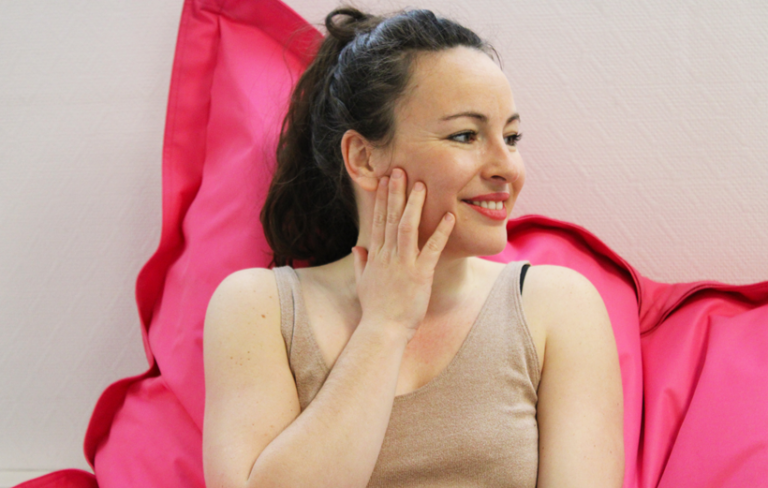

Upon first meeting Rose, Ruskin wrote in the final pages of Praeterita that When Ruskin did call on the La Touches for the first time, he was "taken with them" and "felt there was something exceptional about Rose". Rather, "he sent William Ward to see her, being too busy to call himself". Soon after I returned home, in the eventful year 1858, a lady wrote to me from-somewhere near Green Street, W.,-saying, as people sometimes did, in those days, that she saw I was the only sound teacher in Art but this farther, very seriously, that she wanted her children-two girls and a boy-taught the beginnings of Art rightly especially the younger girl, in whom she thought I might find some power worth developing.Īlthough some debate exists over the nature of Ruskin's first correspondence with Maria La Touche, Tim Hilton notes in John Ruskin: The Early Years that he did not call as immediately as his autobiography suggests. Ruskin recalls the correspondence in Praeterita: Rose's mother, Maria La Touche, had written to Ruskin for *istance with her children's education after a formal introduction from her friend Louisa, Lady Waterford. He was her private art tutor, and the two maintained an educational relationship through correspondence until she was 18.

Ruskin met La Touche on 3 January 1858, when she was 10 years old and he was about to turn 39. Introduction to John Ruskin John Ruskin, 1882

The family lived in Harristown House, Co. Rose was born to John "The Master" La Touche (1814-1904), (of the Hugenout family which had settled in Ireland, and ran a bank), and his wife Maria, the only child of the Dowager Countess of Desart County Kilkenny. Rose La Touche (1848–1875) was the pupil, cherished student, "pet", and ideal on whom the English art historian John Ruskin based Sesame and Lilies (1865).


 0 kommentar(er)
0 kommentar(er)
